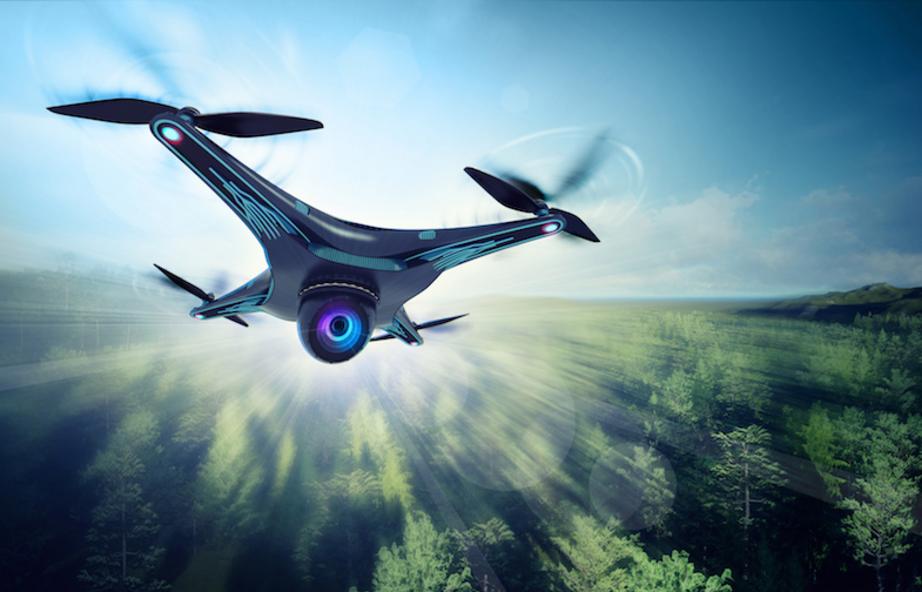Drones controlled with brain-computer interface
Single unmanned autonomous vehicles (UAVs) directed by joysticks, radio controllers, and mobile phones are already accomplishing a variety of useful tasks, such as aerial photography and security patrols. But using multiple drones requires multiple human operators, and this presents a coordination problem.
Now a single operator using emerging human-brain interfaces can control a swarm of drones, making possible new classes of applications, according to Panos Artemiadis, director of the Human-Oriented Robotics and Control (HORC) Lab at Arizona State University.
Artemiadis is available to discuss how drone swarms using human-brain interface mechanisms will, in the next three to five years, make inroads where individually controlled UAVs cannot. Here are a few of the drone applications that are now within reach:
Search and Rescue Missions
Humans will collaborate with swarms of robots in search and rescue scenarios. The brain-robot interface enables control of many robots at the same time, and it scales the ability of a robotic team to cover larger areas in less time. If the controller detects something in the video stream that warrants closer surveillance, the swarm can be directed to close in on that area.
Fire Fighting
Armed with infrared imaging equipment, a drone swarm can be used to track the spread of a forest fire over large areas in real time, allowing firefighters to adjust their plans accordingly. The human controller can follow a reported change in weather conditions, such as a shift in wind direction, with a swarm of drones to determine if the fire has jumped to a new area.
Agriculture Analysis
Teams of drones will oversee and analyze large agricultural fields – creating topographic maps for soil analysis and irrigation planning. In addition to being outfitted with cameras, aerial drones will use sensors to identify necessary irrigation adjustments and scanners that can identify crop infections or infestations. Some drone systems are already being used for crop spraying – swarms will be able to accomplish the task more quickly and efficiently.
Entertainment
As drones enter the entertainment arena, we will begin to see mind-controlled drone swarms for events. For example, a single person could operate a fleet of drones shooting photos and videos at an outdoor concert or sports venue, narrowing in on spectator activities for display on the Jumbotron. And while Lady Gaga's Super Bowl drones were controlled by a central computer (and filmed in advance of the show), smaller swarms can be managed by a single human for smaller light displays or to drop gifts (t-shirts or CDs, for example) into a crowd.
Cyber-physical surveillance systems
Understanding brain-drone interfaces allows building cyber-physical surveillance systems that combine human intuition and experience with the sensing capabilities of multiple drones. This would allow more efficient and accurate surveillance systems than what is now available – especially for large, security sensitive events like bowl games, marathons and political rallies.
Explore further: Researcher creates system to control robots with the brain
Provided by: Arizona State University

